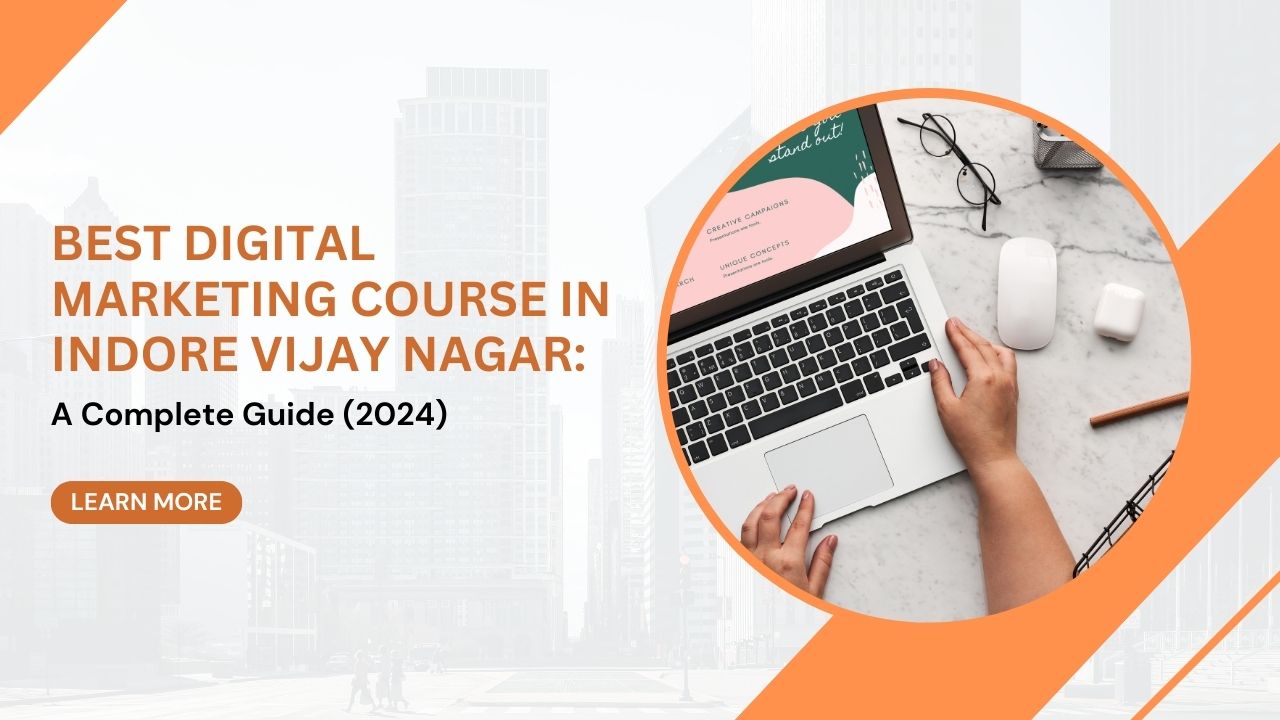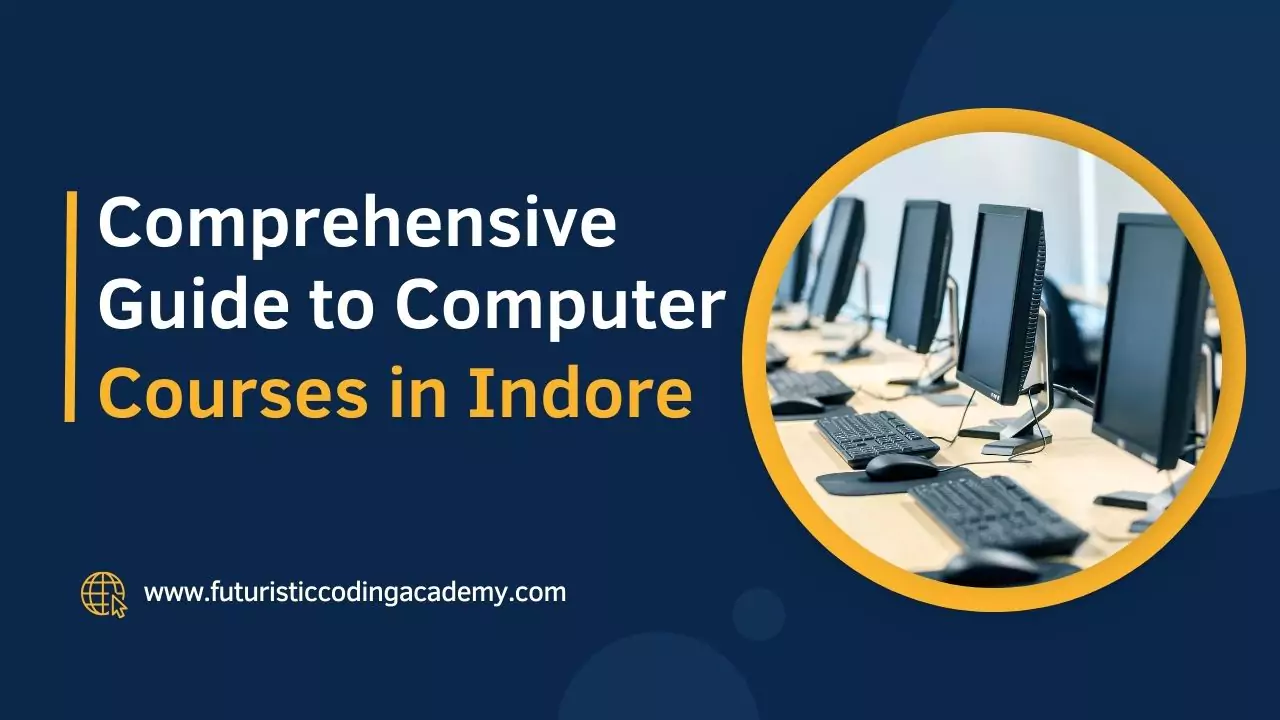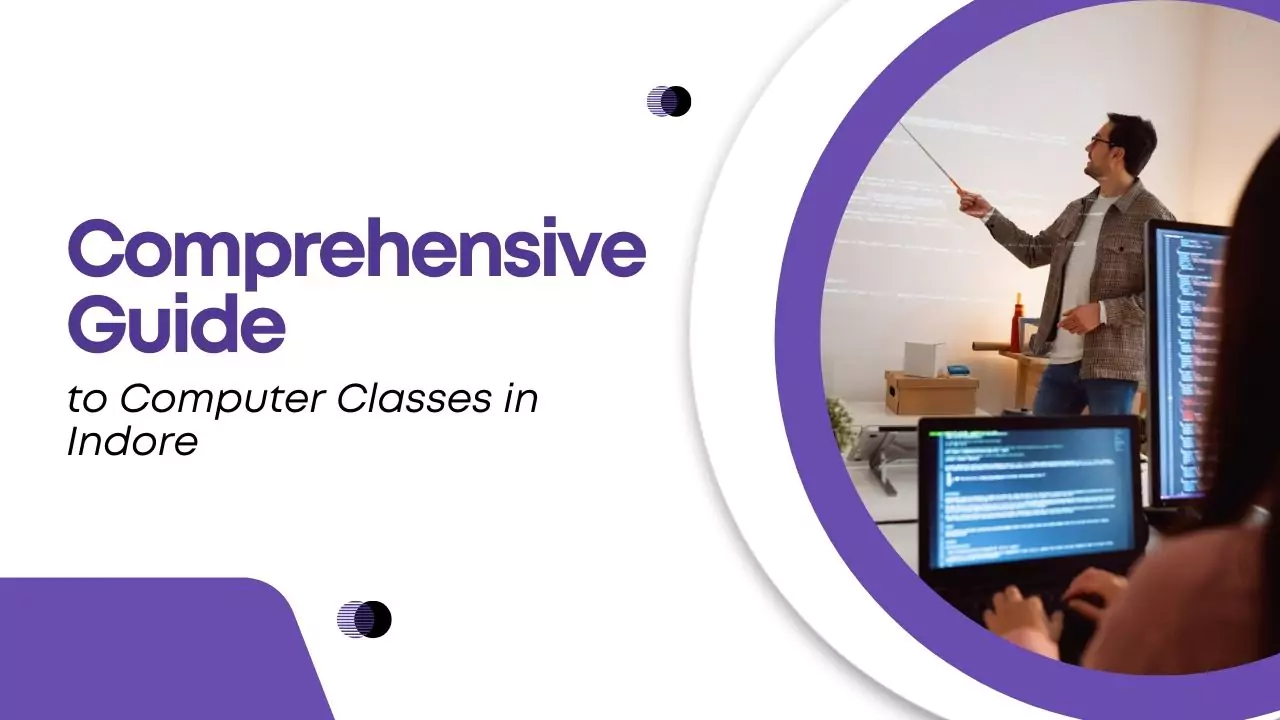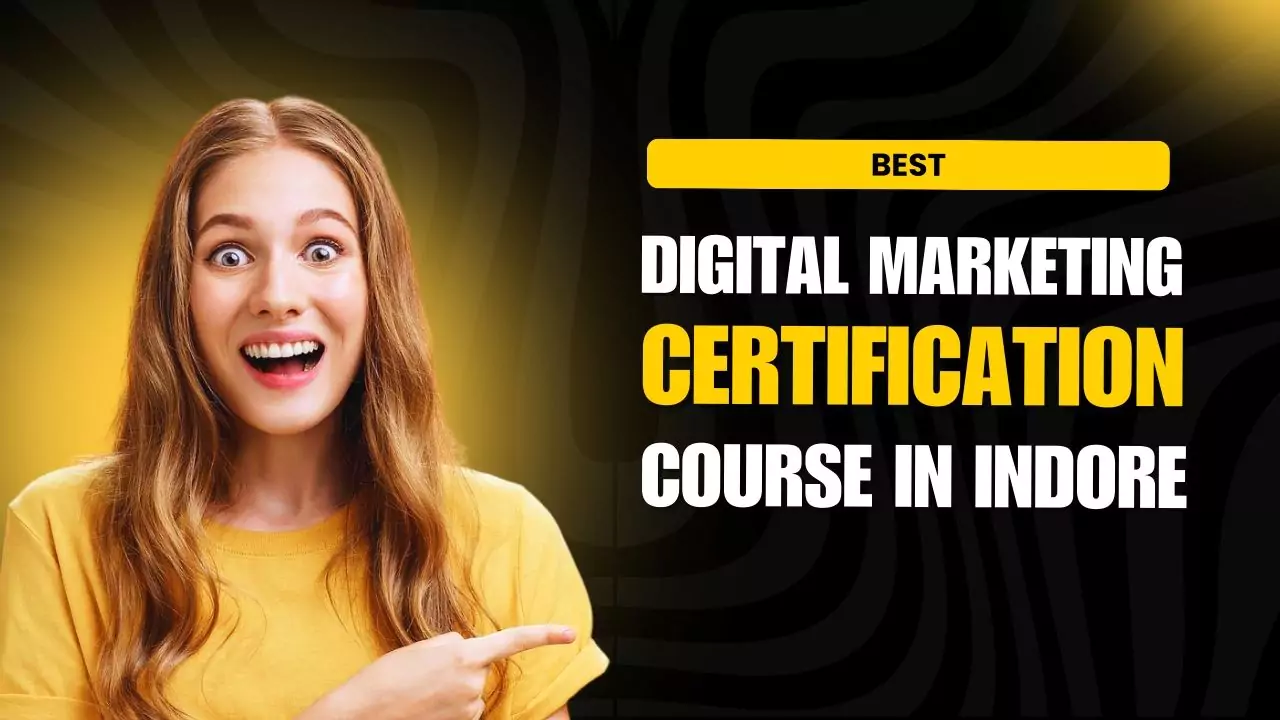As a developer aiming to sharpen your skills and improve your portfolio, building full stack projects is the key to showcasing your expertise across both front-end and back-end development. These projects not only demonstrate your coding skills but also your ability to manage databases, implement APIs, and handle security measures. In this blog, we’ll explore over 15 project ideas, ranging from beginner to advanced, that can elevate your portfolio in 2024.
What Are Full Stack Projects and Why They Matter
Full stack development involves working on both the client-side (front-end) and server-side (back-end) of an application. By developing full stack projects, you get hands-on experience with a wide range of tools and technologies that enhance your versatility as a developer. Whether you’re building a simple to-do list or an advanced e-commerce website, these projects will showcase your ability to work across the entire tech stack.
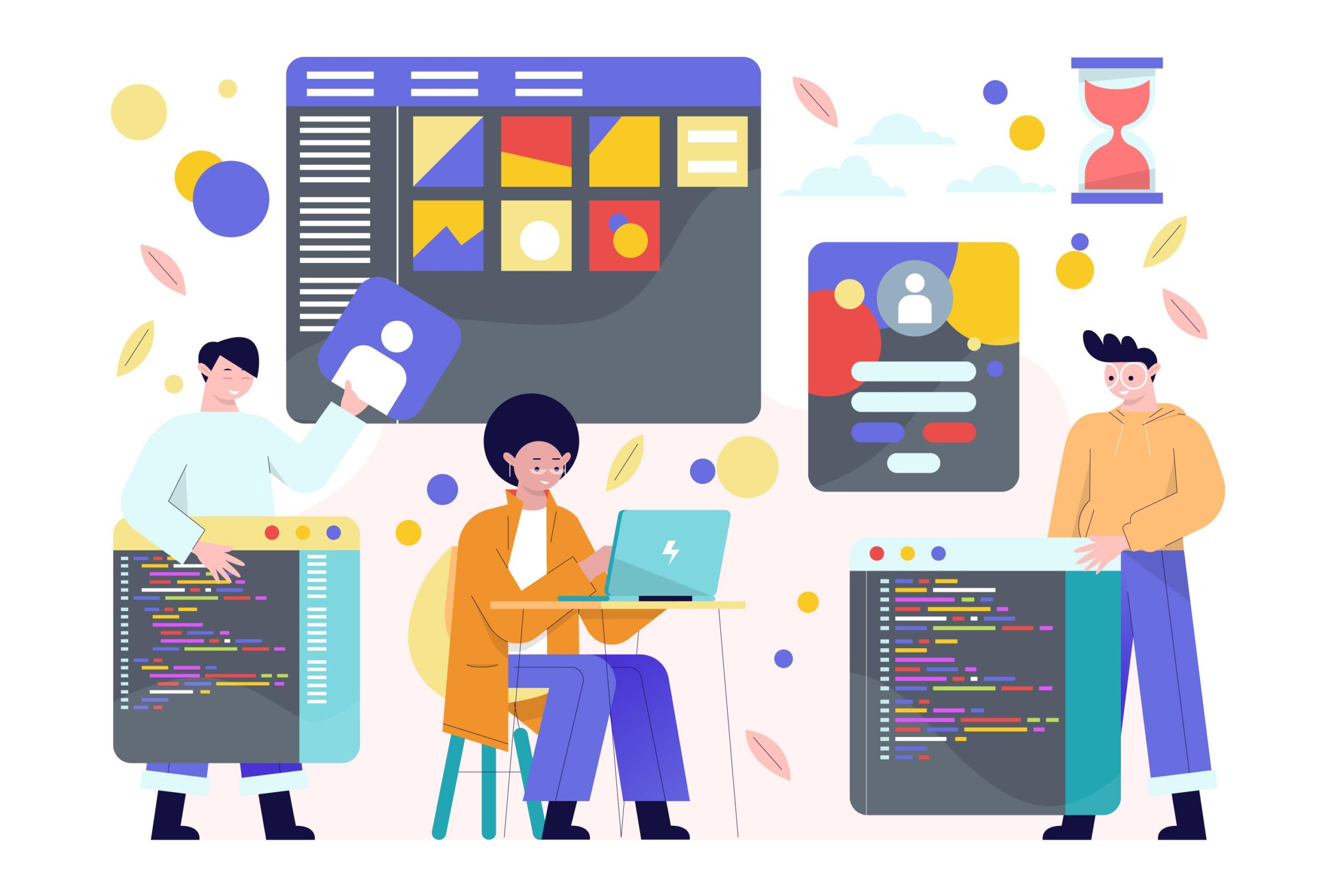
Key Skills Needed for Full Stack Projects
Before diving into project ideas, let’s outline the core skills necessary for full stack development:
- Front-end Languages: HTML, CSS, JavaScript, React.js, Vue.js.
- Back-end Technologies: Node.js, Django, Ruby on Rails, PHP.
- Databases: MySQL, MongoDB, PostgreSQL.
- Version Control: Git/GitHub.
- APIs and RESTful Services: Understanding how to integrate third-party APIs.
- Security: Implementing user authentication, managing data privacy.
Beginner Full Stack Project Ideas
1. To-Do List App with Authentication
One of the simplest yet impactful projects. Build a CRUD (Create, Read, Update, Delete) app where users can manage their tasks. Add authentication features to make it personalized for each user.
2. Weather App
This app uses APIs to pull real-time weather data based on user location. Challenge yourself by creating visually appealing designs and integrating multiple API endpoints for daily and weekly forecasts.
3. Interactive Quiz App
Create a quiz app that pulls questions and answers from a database and tracks user performance. It’s an excellent project to practice database management and back-end logic.
4. Portfolio Website with Interactive Resume
Build a personal portfolio website where you can showcase your projects. Add interactive elements like a resume that allows visitors to download or interact with sections of your work.
5. Blog Platform
Create a blog platform where users can register, log in, and publish posts. Implement basic CMS (Content Management System) features such as post creation, editing, and deletion.
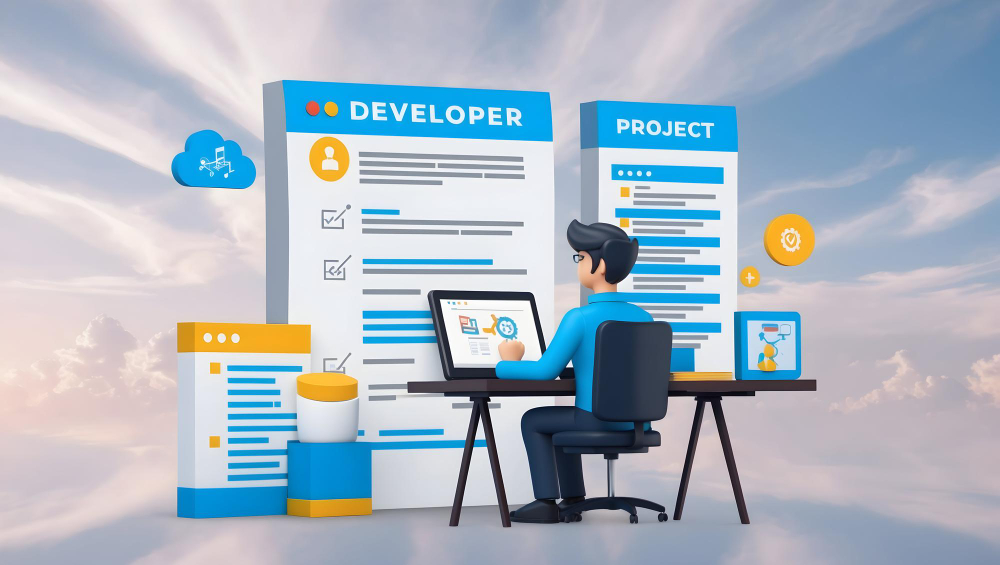
Intermediate Full Stack Project Ideas
1. E-commerce Website
Develop a fully functional e-commerce website complete with a product catalog, shopping cart, and payment processing via APIs like PayPal or Stripe. Implement features like user authentication, inventory management, and secure checkout.
2. Social Media Dashboard
Create a dashboard for managing social media accounts. Implement features like post scheduling, analytics tracking, and user authentication.
3. Real-Time Chat Application
Using WebSockets, build a real-time chat application where users can register and participate in live conversations. This project is a great way to explore real-time data transfer and WebSocket connections.
4. Job Board
Build a job board where users can search, filter, and apply for jobs. This project will give you experience with building a database-driven app and creating search filters for user queries.
5. Content Management System (CMS)
Develop a CMS that allows users to create, edit, and publish content with role-based administration. This project is ideal for those looking to dive deeper into back-end technologies.

Advanced Full Stack Project Ideas
1. Video Streaming Platform
Develop a video streaming platform with features like user subscriptions, content streaming, and user authentication. For added complexity, integrate streaming services like AWS.
2. Online Learning Platform
Create a comprehensive online learning platform where users can enroll in courses, access materials, and interact with instructors. You can integrate features like course progress tracking, user authentication, and secure payments.
3. Crowdfunding Platform
Develop a crowdfunding platform where users can create campaigns, donate, and track progress. Incorporate features like user authentication, secure payments, and social sharing.
4. Real-Time Multiplayer Game
This project involves creating a game where multiple users can interact in real-time. It’s a complex project that requires strong knowledge of WebSockets and game logic.
5. IoT Dashboard
Build an Internet of Things (IoT) dashboard that integrates smart devices and displays real-time data. This project is an excellent way to showcase your skills in full stack development combined with IoT.
How to Build and Structure a Full Stack Project
Building a full stack project requires careful planning and execution. Here’s a step-by-step guide:
- Define the Scope: Clearly outline the features and functionalities of your project.
- Choose the Tech Stack: Select the front-end and back-end technologies that best suit your project.
- Database Design: Plan how you will store, retrieve, and manage data.
- APIs and Integrations: Incorporate third-party services where needed.
- User Authentication and Security: Ensure that user data is secure.
- Deployment: Use services like Heroku or AWS to host your project and make it publicly accessible.

Best Tools and Technologies for Full Stack Developers
- Frontend: React, Angular, Vue.js.
- Backend: Node.js, Django, Ruby on Rails.
- Database: MySQL, MongoDB.
- Version Control: Git and GitHub.
- DevOps: Docker, Kubernetes for deployment and containerization.
How to Present Your Full Stack Projects to Employers
- Create a GitHub Repository: Document your code, provide a clear README, and maintain version control.
- Build a Personal Portfolio: Showcase all your projects in one place, demonstrating your versatility.
- Write Case Studies: Describe the challenges, solutions, and technologies used for each project.
- Use LinkedIn and GitHub: Share your projects on professional networks to attract potential employers.
Conclusion: Elevate Your Skills with Full Stack Projects
Building full stack projects is an excellent way to level up your development skills and demonstrate your expertise across a wide range of technologies. Start small, focus on mastering core skills, and gradually move to more advanced projects. Whether you’re applying for jobs or building your personal brand, these projects will help you stand out in the competitive world of development.
People Also Ask
1. What are the best full stack projects for beginners?
Beginner full stack projects include simple yet effective ideas like a To-Do List App with authentication, a Weather App using APIs, and a Personal Portfolio Website. These projects help beginners understand both front-end and back-end technologies.
2. How do I showcase my full stack projects to potential employers?
To showcase full stack projects, create a well-organized GitHub repository with detailed documentation. Build a personal portfolio website to display your projects, and highlight key features and technologies used. You can also share your work on LinkedIn and GitHub to gain visibility.
3. What are some advanced full stack project ideas?
Advanced full stack project ideas include building a Video Streaming Platform with subscription features, an Online Learning Platform for courses, or a Crowdfunding Website that allows users to start and manage campaigns.
4. Which full stack technologies should I learn in 2024?
Key technologies for full stack development in 2024 include front-end frameworks like React.js, Angular, and Vue.js, and back-end frameworks like Node.js, Django, and Ruby on Rails. Database knowledge in MySQL and MongoDB is also crucial.
5. What skills are needed to complete a full stack project?
To complete a full stack project, you need proficiency in both front-end (HTML, CSS, JavaScript) and back-end (Node.js, Python) technologies, along with knowledge of databases, version control (Git), and APIs. Problem-solving and debugging skills are equally important.
6. How long does it take to complete a full stack project?
The time it takes to complete a full stack project depends on its complexity. Simple projects like a To-Do List App may take a few days, while more complex projects like an E-commerce Website can take several weeks.



